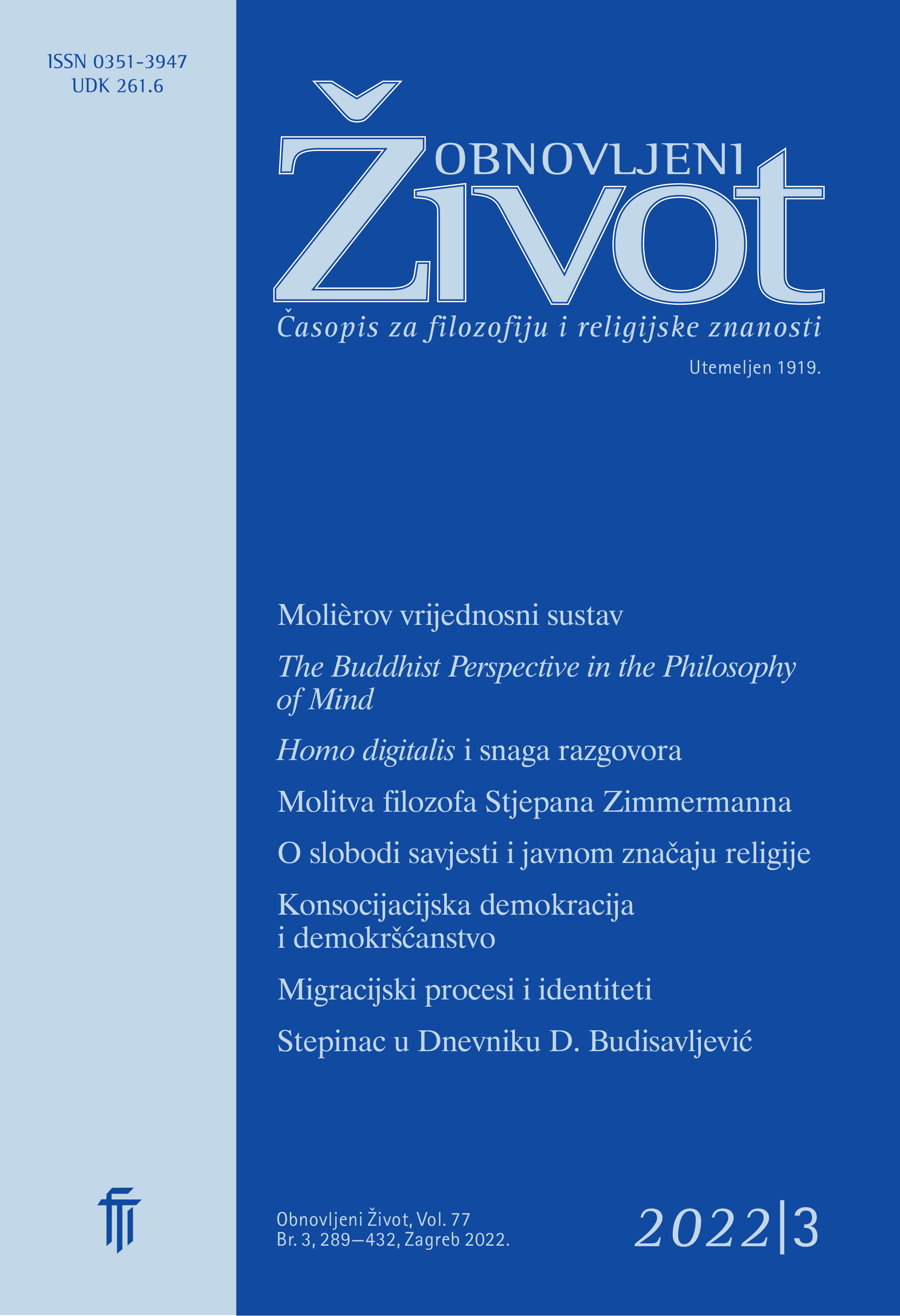Aid to Orthodox Children in the Independent State of Croatia and Archbishop Alojzije Stepinac in the Diary of Diana Budisavljević
Keywords:
Alojzije Stepinac, Diana Budisavljević, Julije Budisavljević, orphans, helping, colonization, DiaryAbstract
During the war in the Independent State of Croatia, there were many who were persecuted and needy and for whom the help and protection of individuals and humanitarian organizations meant the possibility of survival. Caritas, the humanitarian organization of the Catholic Church, was the focal point of such organized aid. There was also an informal group of prominent people of the Orthodox faith, who gathered around the idea of the wife of a professor at the Zagreb Faculty of Medicine, Diana Budisavljević and he, together with his acquaintances, enabled her to strengthen and realize her idea. She soon met the leaders of Caritas and Catholic Action and joined their charitable programs. D. Budisavljević was a Catholic from Innsbruck, who married Julije Budisavljević, an Orthodox Christian from Croatia. He studied medicine there and later worked at the local Surgery Clinic. They did not have a Catholic wedding, but rather were married in the Evangelical Church according to the “Eastern Rite”. They moved to Zagreb in 1919 where Julije became a professor at the Faculty of Medicine. After the establishment of the Independent State of Croatia in 1941 and the enactment of a legal decree on change of religion, Dr. Budisavljević requested conversion to Catholicism. His older daughter, Jelka did the same. Admission to the Catholic Church took place on August 4, 1941 in the church of St. Mark. This act also “strengthened” the marriage between Diana Obexer and Julije Budisavljević in the Catholic Church. Diana was initially involved in delivering sandwiches to Orthodox women and children in the Lobor–grad concentration camp, which was located in the castle formerly belonging to the Keglević family. Later, she approached persons holding positions of responsiblity in Caritas of the Zagreb Archdiocese, the president of Catholic Action, and the managers of some Catholic and government social welfare organizations and participated in their activities. According to The Diary of Diana Budisavljević, she also met with Archbishop Stepinac four times. However, seeing as she began writing her Diary after the war, basing it on some previous notes, her records of people and events are influenced by later events and changes in her relationships with these people, and therefore they are of no particular historiographical value. In addition, frequent feelings of dissatisfaction with co–workers and the attributing of credit to herself are noticeable in these records, even when it is clear that this may not be true. Her writings about Archbishop Stepinac are mostly positive, but often contain a dose of criticism which is actually a reflection of her tendency to place an emphasis on her own person. She writes about the Archbishop most objectively when she conveys what others have said about him in relation to the work they had to do. She does not engage in interpretations here but simply conveys basic information. However, the undeniable fact remains that Diana Budisavljević has made a great contribution to the protection of the persecuted and needy and to helping take care of children who were left without their parents. Her most visible contribution is probably in keeping files of the children who were brought to the shelters, as she served to reunite the children with those mothers who managed to survive and return from German captivity.
Downloads
Published
Issue
Section
License
Jednom prihvaćeni članak obvezuje autora da ga ne smije objaviti drugdje bez dozvole uredništva, a i tada samo uz bilješku da je objavljen prvi put u Obnovljenom životu. Uredništvo će obavijestiti autora o prihvaćanju ili neprihvaćanju članka za objavljivanje.
Članci objavljeni u časopisu se, uz prikladno navođenje izvora, smiju besplatno koristiti u obrazovne i druge nekomercijalne svrhe.


